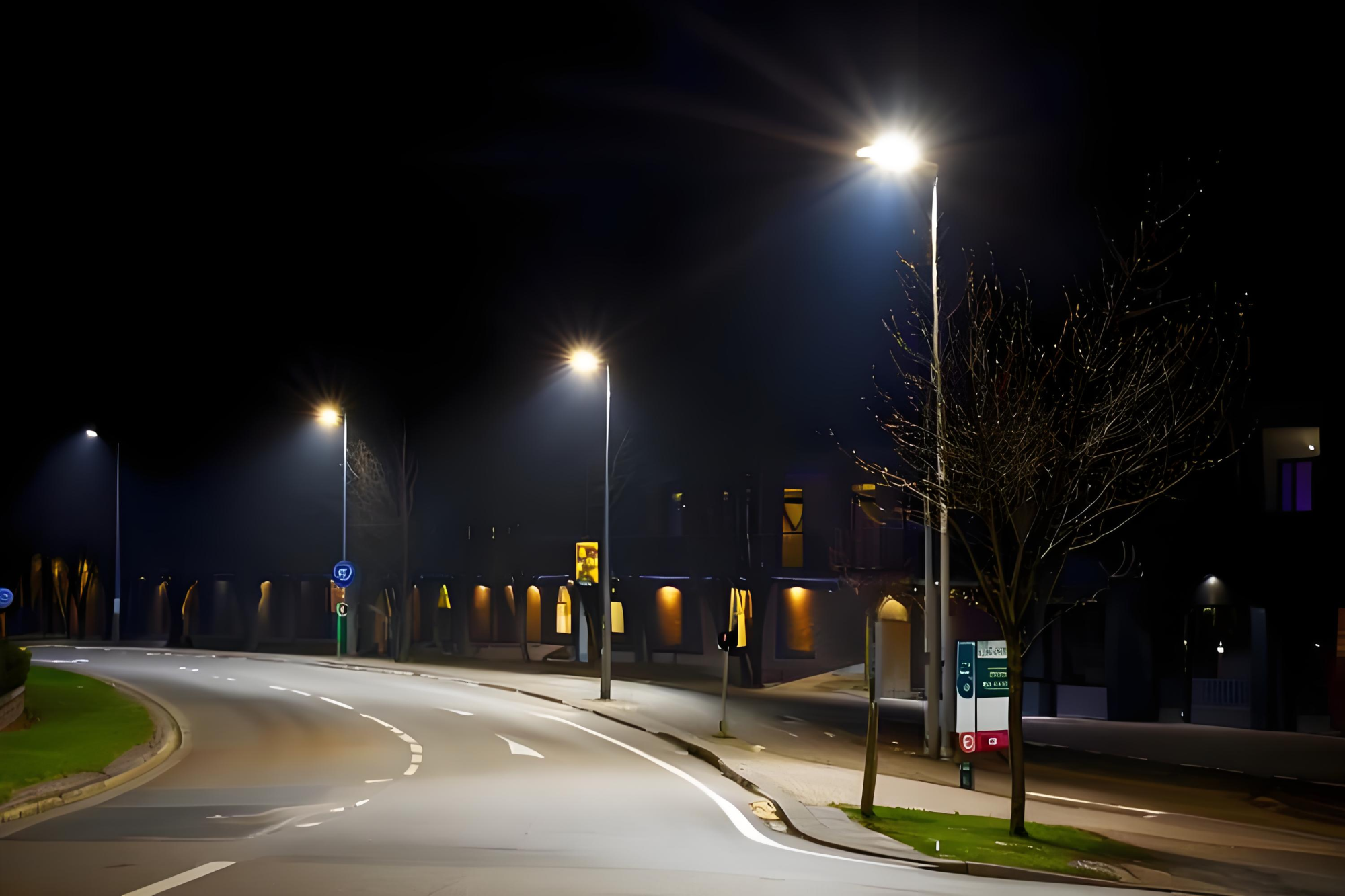In an era where sustainability is a top priority,
smart street lighting is emerging as a game-changer for cities aiming to reduce their carbon footprint. Traditional streetlights consume a significant amount of energy, often operating at full capacity throughout the night. Smart street lighting, on the other hand, uses adaptive lighting technology to optimize energy usage.
By leveraging motion sensors and daylight harvesting, smart streetlights can dynamically adjust their brightness. For instance, lights can remain dim during late-night hours when streets are empty and only brighten when movement is detected. This not only saves energy but also extends the lifespan of the lighting infrastructure, reducing maintenance costs.

Additionally, many smart street lighting systems are powered by renewable energy sources such as solar panels. This further enhances their sustainability by reducing reliance on non-renewable energy. Some systems even incorporate energy storage solutions, allowing excess energy to be stored and used during peak hours.
The environmental benefits of smart street lighting are clear: reduced energy consumption, lower greenhouse gas emissions, and a smaller ecological footprint. As cities strive to meet climate goals, smart street lighting will undoubtedly be a key component of their sustainability strategies.


 Energy Efficiency: How Remote-Controlled Street Lights Reduce Power Consumption
Energy Efficiency: How Remote-Controlled Street Lights Reduce Power Consumption
 Remote Control vs. Manual Control of Street Lights: A Comparative Advantage Analysis
Remote Control vs. Manual Control of Street Lights: A Comparative Advantage Analysis
 Lower Maintenance Costs with Smart Street Light Monitoring
Lower Maintenance Costs with Smart Street Light Monitoring
 Enhanced Public Safety Through Intelligent Street Lighting
Enhanced Public Safety Through Intelligent Street Lighting